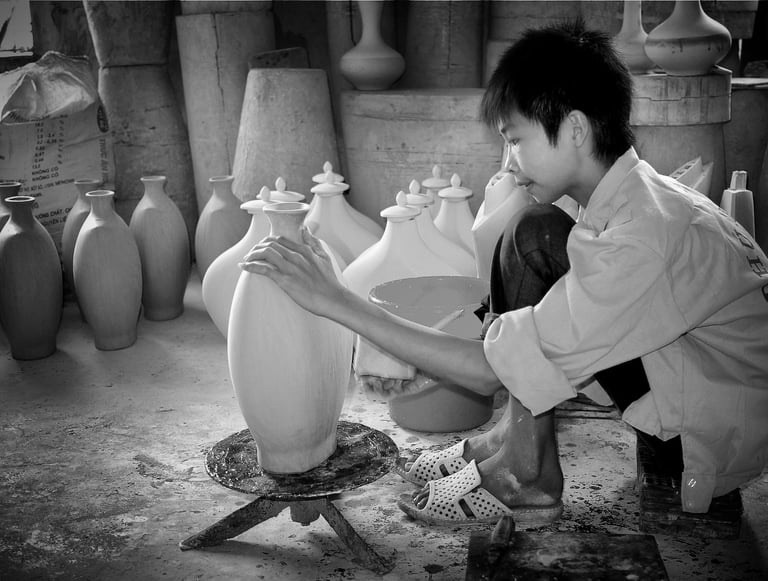Street Photography
Small Town Charms vs. Big City Dynamics
PHOTOGRAPHY PERSPECTIVES


Street photography captures the essence of daily life, freezing spontaneous moments that might otherwise go unnoticed. But the setting can significantly alter the approach and outcomes of this genre. Comparing street photography in small towns with that in big cities reveals not just different techniques, but also distinct narratives shaped by the environment.
Capturing the Slow Pace of Small Towns
In small towns, the pace of life tends to be slower, the streets less crowded. This gives photographers the chance to dive deep into the story of each subject. The interactions are often more personal and the settings, more intimate. In small towns, a photographer might capture the routine of morning coffee at the local café, a shopkeeper arranging goods, or a quiet street, deserted, apart from a cat stretching after a nap.
The challenge here lies in the limited variety of scenes and subjects. However, this can be an advantage, forcing the photographer to look closer, developing a keen eye for subtle interactions and small beauties. The familiarity of faces can also allow for more detailed, evolving stories, where subjects grow alongside the photographer’s skill.
Thriving in the Chaos of Big Cities
Contrastingly, big cities are a pulsating hub of activity where every corner offers a multitude of stories. The diversity is staggering—from bustling markets to serene parks, from soaring skyscrapers to gritty alleyways. Here, street photographers capture a broader spectrum of humanity. The anonymity of large populations allows photographers to blend in more easily, making it simpler to capture candid moments.
Big cities challenge photographers to keep pace with the constant movement and changing light, weaving through crowds to frame fleeting interactions. The dynamic backgrounds can add complexity to compositions, pushing photographers to master the art of isolating subjects in chaotic environments.
Techniques Tailored to Each Setting
In small towns, one might spend more time getting to know the community, which can lead to more staged but still authentic photographs, as subjects become comfortable with the photographer’s presence. In big cities, the approach is often more fleeting, relying on quick reflexes and an ability to predict movement and moments.
Photographers in small towns might find themselves focusing on finer details and storytelling, while those in big cities might concentrate on capturing contrasts and the grandeur of urban life. The equipment might also differ; a small town street photographer might opt for a simple setup to keep a low profile, whereas city photographers might require more robust gear to handle varied lighting and fast-paced scenes.
Conclusion
Whether winding through a quiet town or navigating a bustling metropolis, street photographers must adapt their skills to their surroundings. Each environment offers unique opportunities to tell compelling stories through images. The key lies in understanding and embracing the distinct rhythm of your chosen setting, using it to guide your photographic journey.
In the world of street photography, whether it’s the charm of a small town or the vibrant energy of a big city, each click of the shutter captures a unique slice of life, making the familiar extraordinary and the mundane memorable.
© Peter Pickering 2024. www.peterpickering.com




